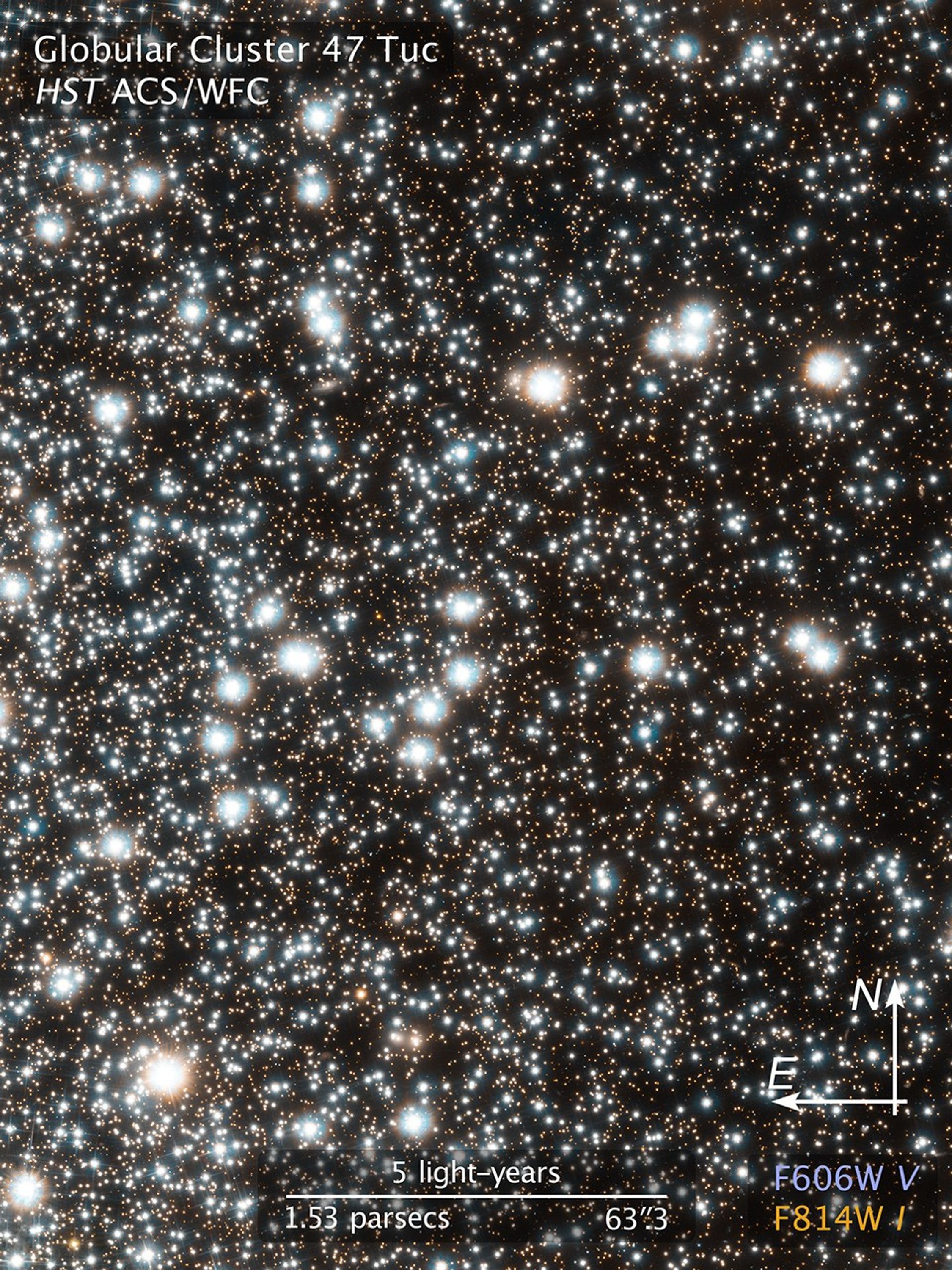1 min read
Evolution of 47 Tuc Stellar Populations
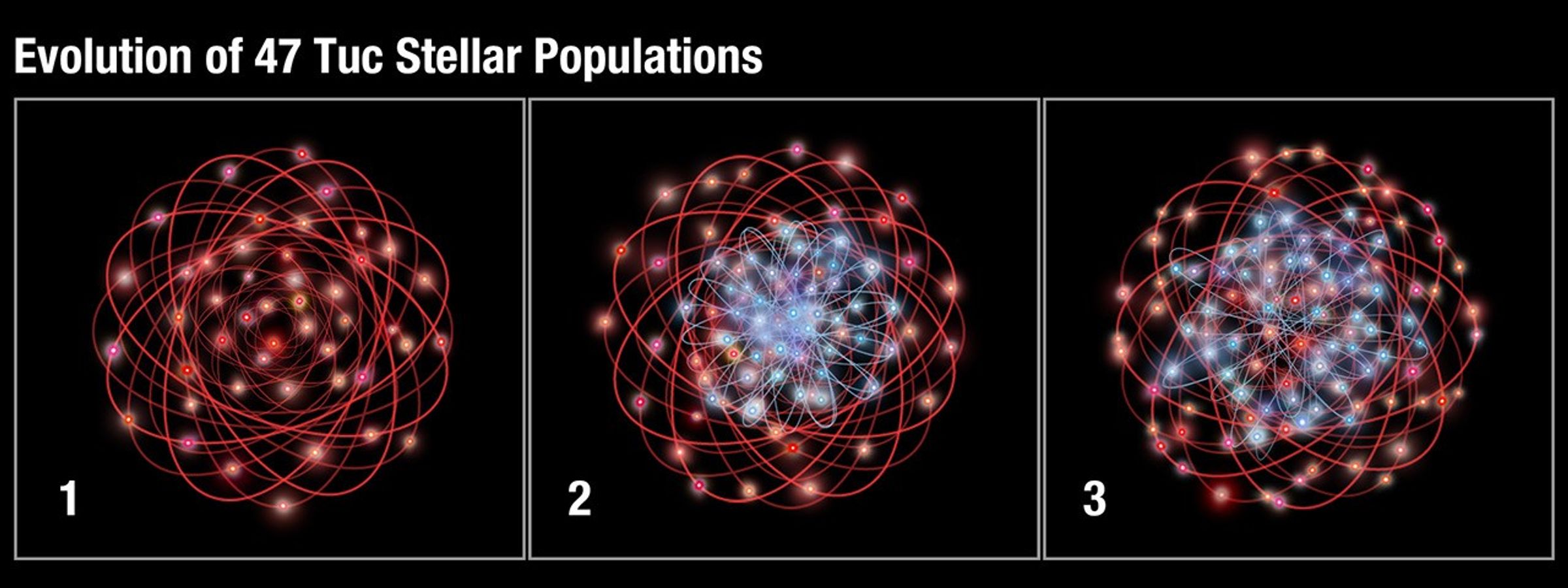
This illustration shows the evolution of two populations of stars in the ancient globular cluster 47 Tucanae.
The first panel shows a grouping of red stars, an older population containing fewer chemical elements heavier than helium and hydrogen. These stars move in random, circular orbits. As the most massive of these stars die, they return chemically enhanced material back into the cluster. This material helps form another generation of stars, shown as the blue stars in the second panel. The blue stars are more chemically enriched and are concentrated towards the cluster's center, traveling in elliptical orbits. Slowly, over time, the blue stars have been moving outward, putting them on more radial orbits, as seen in the third panel.
- Release DateJuly 18, 2013
- Science ReleaseHubble Shows Link Between Stars’ Ages and Their Orbits in Dense Cluster
- Credit
Related Images & Videos
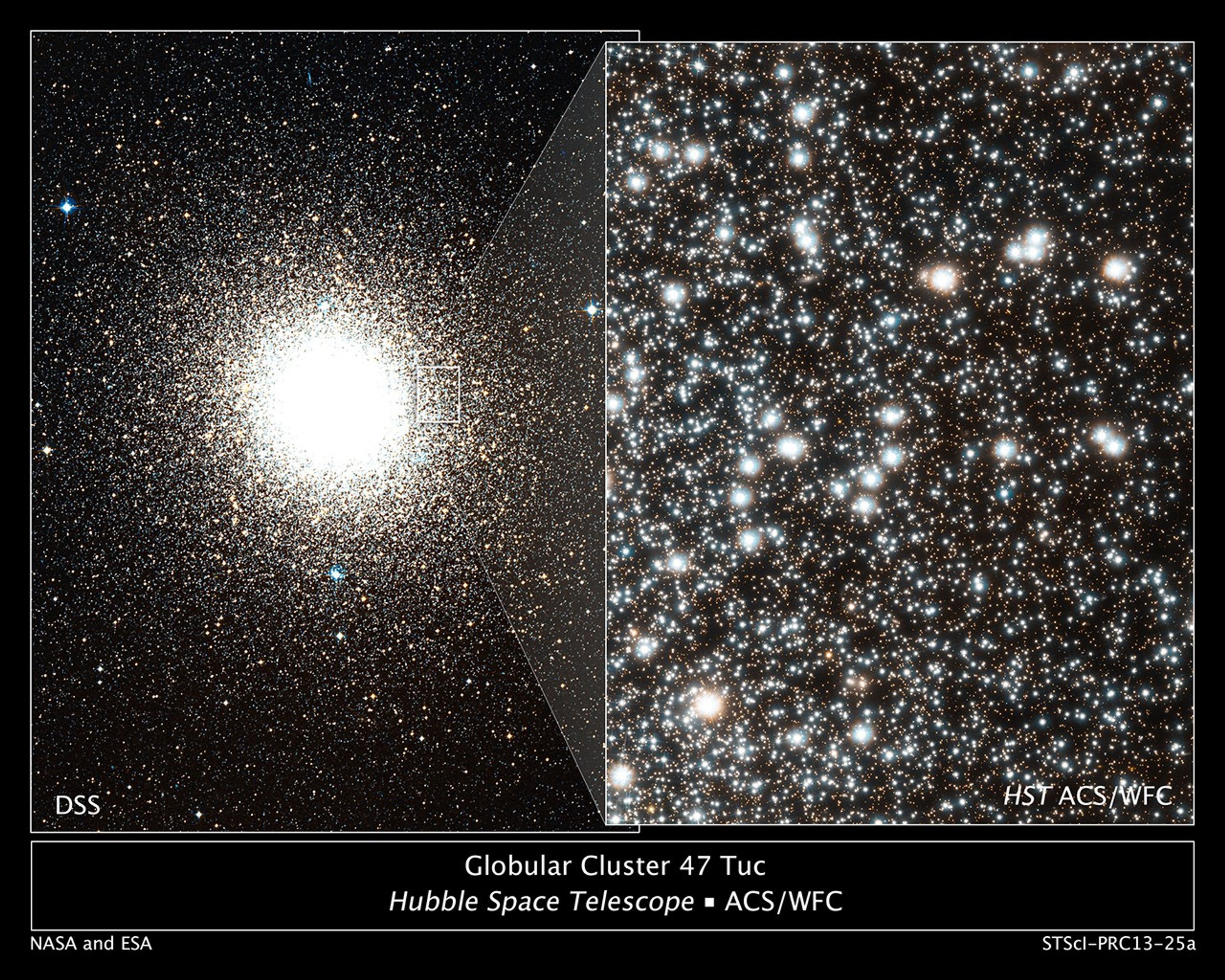
Globular Cluster 47 Tucanae
These images showcase the ancient globular cluster 47 Tucanae, a dense swarm of up to a million stars. The image at left shows the entire cluster, which measures about 120 light-years across. Located in the southern constellation Tucana, the cluster is about 16,700 light-years...
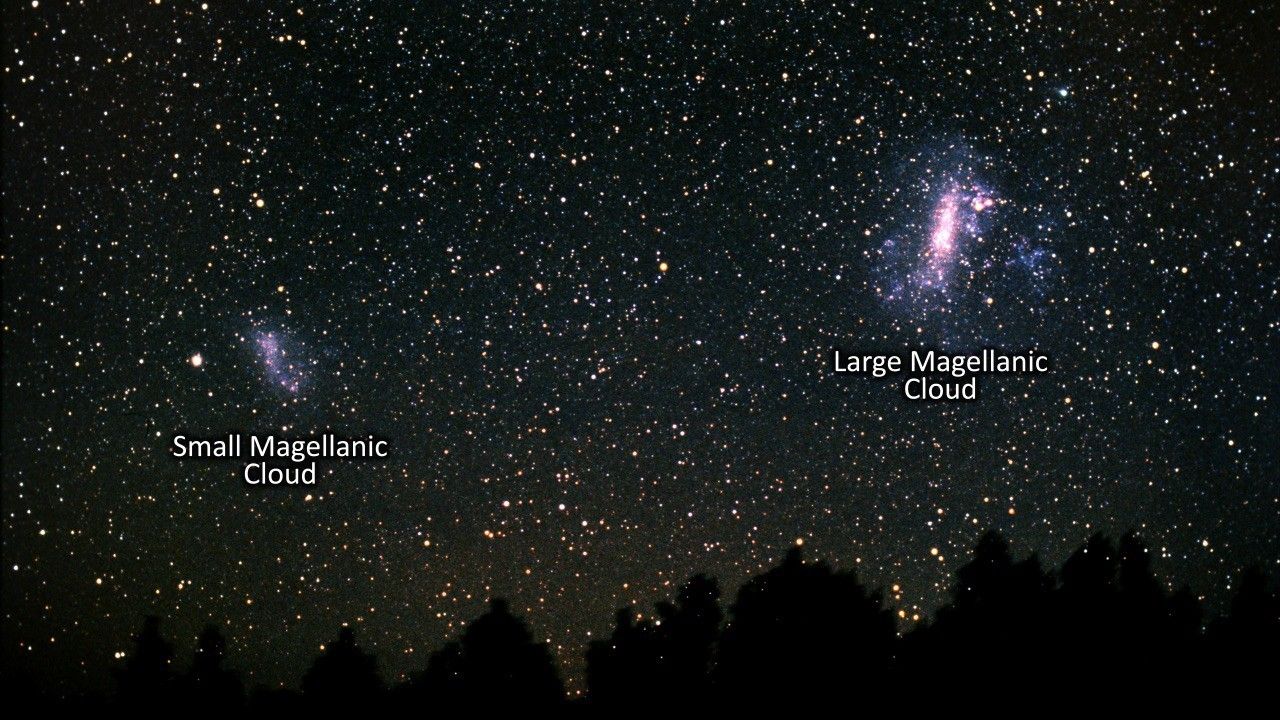
Zoom into 47 Tucanae (No Narration)
This video zooms in from a view of the southern constellation Tucana to the globular cluster 47 Tucanae, which sits 16,700 light-years away from Earth. 47 Tucanae is 10.5 billion years old and is one of the brightest of our Milky Way galaxy's more than 150 globular clusters....
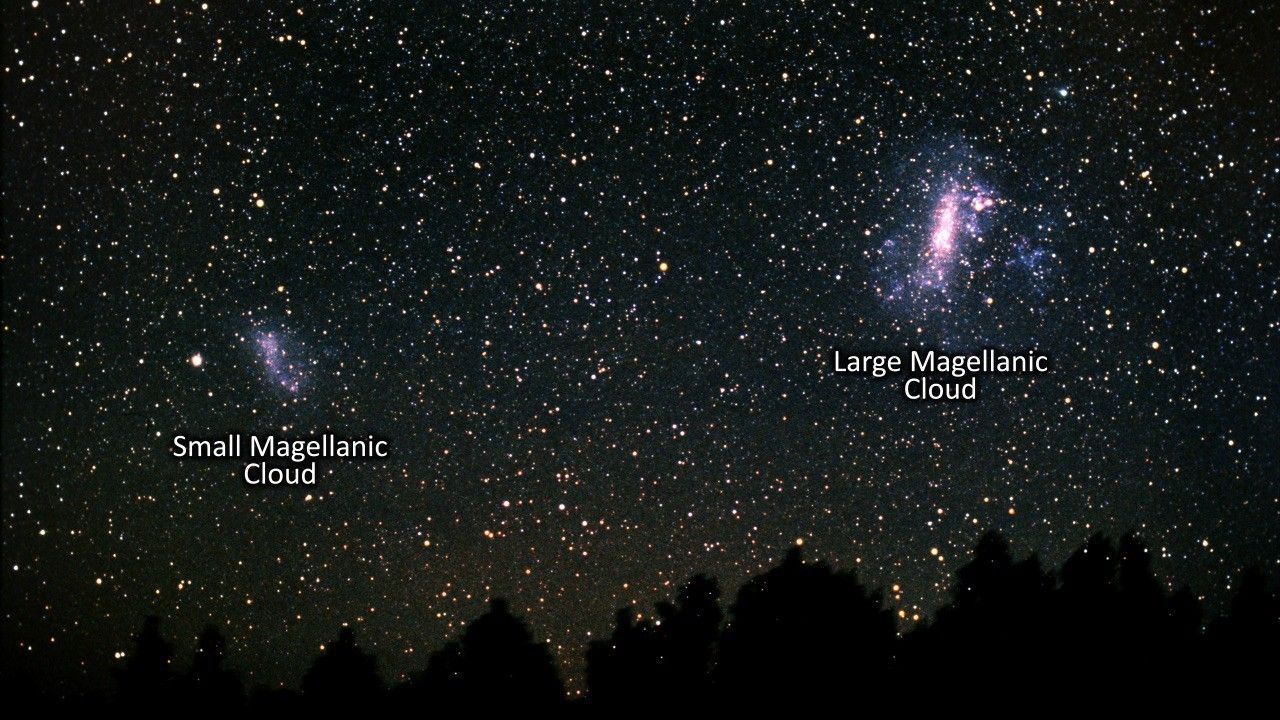
Zoom into 47 Tucanae (Narrated)
This video zooms in from a view of the southern constellation Tucana to the globular cluster 47 Tucanae, which sits 16,700 light-years away from Earth. 47 Tucanae is 10.5 billion years old and is one of the brightest of our Milky Way galaxy's more than 150 globular clusters....
Share
Details
Claire Andreoli
NASA’s Goddard Space Flight Center
Greenbelt, Maryland
claire.andreoli@nasa.gov






























